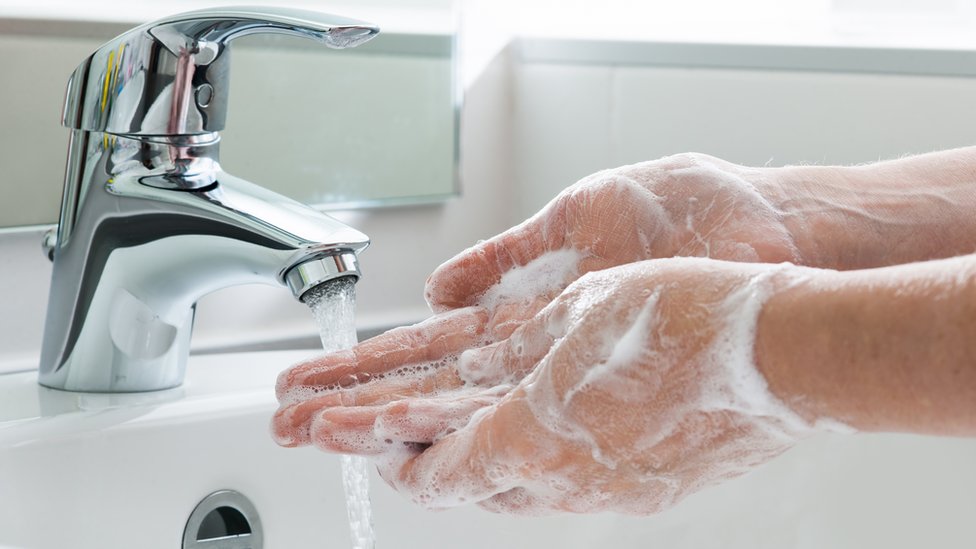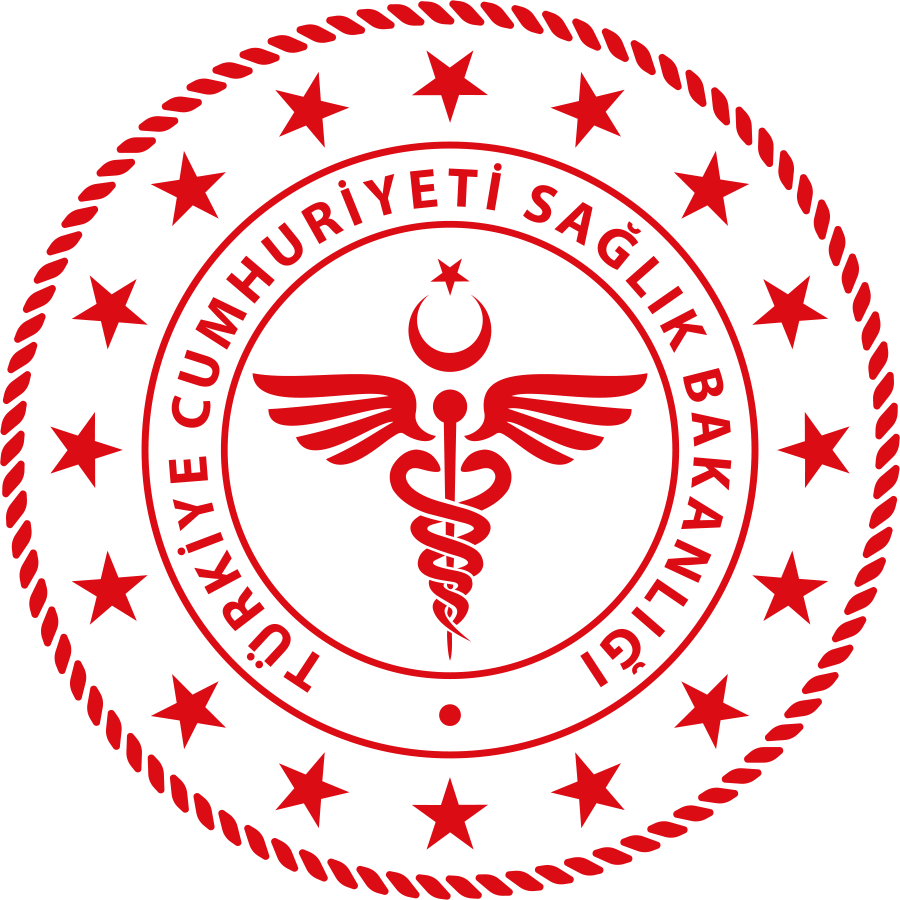HAND HYGIENE
There are a fairly high number of microorganisms on our hands.
Bacteria, yeasts,molds,fungi multiply and become harmful when they find a suitable environment.
Touching everything with our hands, we become contaminated. In fact, we also infect others.
So we spread the germs and we get it from someone else.
We put our own health and the health of others at risk.
Respiratory tract,colds,bronchitis,flu,cholera,diarrhea,tuberculosis, etc. diseases are contagious.
The frequency of hand washing is important for our health. It protects us from spreading diseases and getting sick.
There are microbes on every surface we touch,even in the air.
We should always wash our hands against these invisible germs.
How Should We Wash Our Hands?
By soaking thoroughly under warm and running water with Liquid Soap or liquid soap with disinfectant,
By spreading the soap well, (At least 15-20 sec. along)
The top, bottom, between the fingers, under the nails, palms, elbow dec of our hands are thoroughly rubbed.
It is very well rinsed off with soap and foam until it disappears.
It is thoroughly dried with a paper towel.
The tap is closed with a paper towel, it is thrown into the waste bin on a paper towel.
The Least Washed Regions are the Washed Regions the Least Washed Regions
Hand Hygiene Awareness: It is the most important measure for the risk of infection transmission that occurs after hand contact with patients and surfaces in the hospital environment.
Our staff is especially;
Before contact with the patient,
Before and after aseptic procedures, (interventional procedures such as serum insertion, etc.),
After the risk of contamination of body fluids,
Ensures hand hygiene after contact with the patient and the patient’s environment.
The Patient and the patient are in close proximity;
Before and after contact with the patient and his environment,
Before and after meals,
It should ensure hand hygiene after the toilet.






